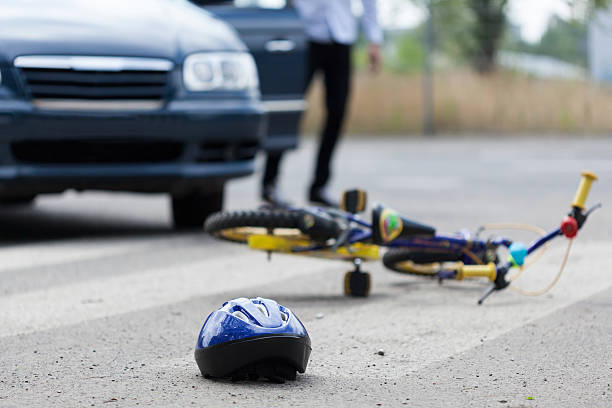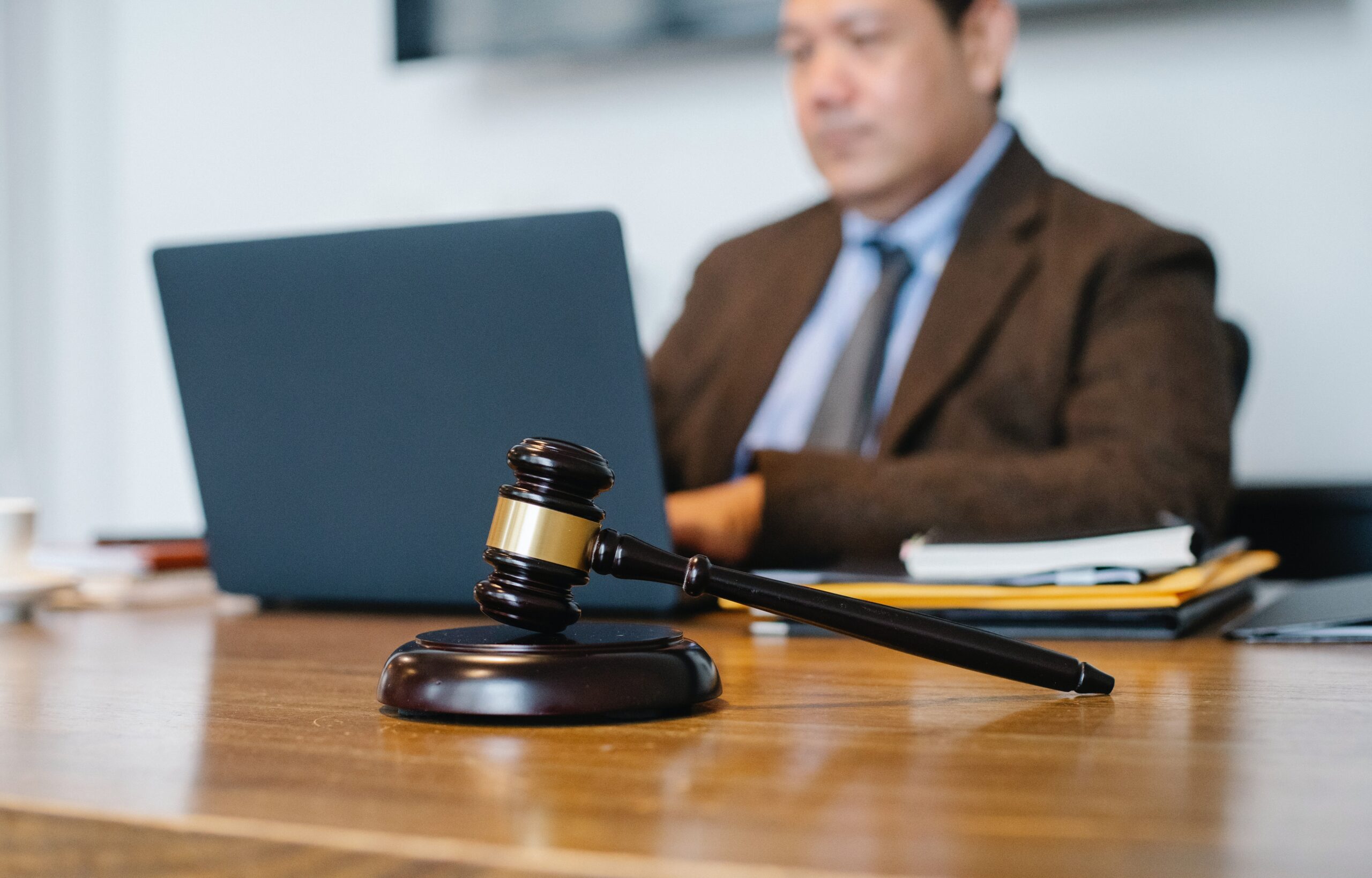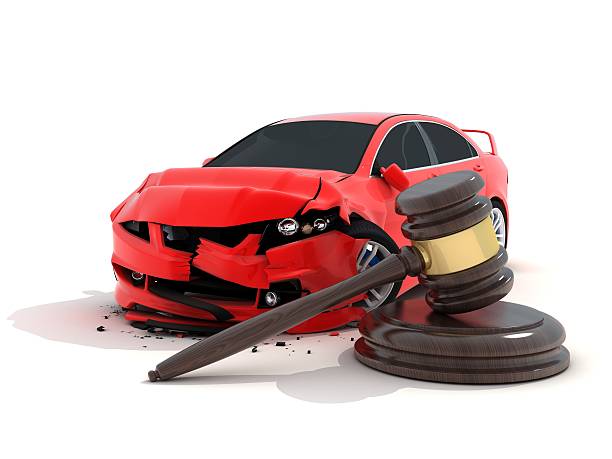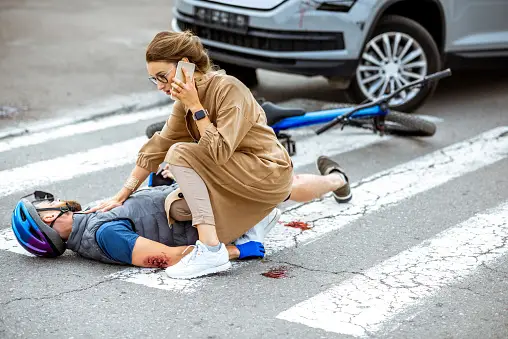
Pedestrian accidents can lead to severe injuries and heavy financial costs. Insurance firms are essential in assisting victims in being reimbursed for their losses when such catastrophes happen. This article looks into the complex procedure insurance companies use to manage claims in pedestrian accident situations, ensuring that both victims and readers have a complete grasp.
Initial Claim Submission

The critical first step in starting a pedestrian accident claim is submitting the initial claim to the accountable insurance provider. This entails the victim or their legal agent giving a thorough description of the accident’s particulars, including the occasion, date, time, and place of the occurrence. The injured party must describe their damages and any recent medical treatment they received.
Evaluation of Liability
An important element in the claims procedure for pedestrian accidents is determining responsibility. To determine who is responsible, insurance firms thoroughly examine the circumstances surrounding the collision. This entails a thorough examination of all available evidence, including accident reports, witness accounts, film from traffic cameras, and any other pertinent data.
Medical Documentation Review
One of the most important steps in the claims procedure for pedestrian accidents is the evaluation of medical records. Insurance companies carefully go over the victim’s medical bills, reports, and records to determine the full scope and type of injuries they suffered in the collision. In this review, the various injury kinds, medical interventions, and related expenses are evaluated.

To assess the probable long-term consequences of the injuries on the victim’s quality of life and capacity for employment, insurance adjusters also take into account the opinions of medical experts.
Calculation of Damages
In cases involving pedestrian accidents, precise damage calculations are essential. To make a fair and acceptable settlement offer, insurance adjusters carefully consider several criteria. Quantifying economic damages, such as medical expenditures, rehabilitation charges, and repair costs for property damage, is required.
Non-economic damages, such as mental anguish, pain and suffering, and diminished quality of life, are also taken into consideration. To fully compensate the victim for both monetary losses and intangible pain brought on by the accident, the insurance company seeks to provide a settlement.
Negotiation Process

A crucial step in the claims procedure is the negotiating stage, during which the insurance provider and the victim’s attorney negotiate a payment. To create an initial settlement offer, insurance adjusters take into account the available evidence, the determination of culpability, and the calculated damages. The victim’s attorney makes counterarguments to help negotiate a more favorable settlement that is supported by data and legal knowledge. Finding common ground and coming to a just conclusion are the goals of this back-and-forth discussion.
Consideration of Comparative Negligence
Insurance companies use the comparative negligence rule in pedestrian accident situations if there is more than one individual at fault. This entails determining the degree to which each party responsible for the accident was to blame. The insurance provider looks into any possible carelessness or risk-taking behavior on the part of the accident victim that would have enhanced the likelihood of it happening again. The compensation is then modified by the fault allocation given to each party.
Mediation and Alternative Dispute Resolution
Mediation and other forms of alternative dispute resolution (ADR) are used when discussions between the insurance company and the victim’s attorney come to a standstill. In mediation, a mediator who is an impartial third party facilitates negotiations between the parties to arrive at a solution that both parties may accept.
ADR techniques like arbitration and negotiating sessions are used to settle disputes out of court. Both parties can have more influence over the outcome while avoiding the formalities and costs of a court trial through mediation and alternative dispute resolution (ADR), which are more time- and money-efficient ways to achieve a settlement.
Final Settlement
The insurance company makes a final compensation offer to the victim or their legal representative following a successful bargaining process. This offer includes payment for all agreed-upon parameters, including reimbursement for pain and suffering, lost wages, property damage, and medical costs.
The offer is examined and evaluated by both parties to make sure it sufficiently satisfies the victim’s demands and losses as a consequence of the pedestrian accident. The final settlement is approved if all parties are satisfied, which signifies the conclusion of the claim and the insurance company’s promise to pay the victim the agreed-upon compensation.
Legal Proceedings
If talks don’t result in a fair settlement, the victim may decide to file a lawsuit against the person at fault to start the legal process. In a court of law, the case is presented, and both parties call witnesses, present their cases, and debate their points of view. The legal team representing the insurance company represents their client’s interests while the victim’s attorney works to establish the defendant’s fault and obtain a positive judgment. If a settlement cannot be made during the legal process, it may take longer and be more difficult to resolve issues through the judicial system.
Subrogation
When a third person is to blame for the pedestrian accident, subrogation becomes relevant. In certain circumstances, the victim’s insurance provider may pursue payment from the insurance company of the party in blame. This procedure makes sure that the insurance of the person at fault covers the cost of the victim’s losses. Subrogation helps shield the victim from having to pay costs that should be the responsibility of the at-fault party. To achieve a just recovery of funds, it is a difficult legal procedure that involves cooperation between insurance companies and frequently needs legal assistance.
Closure of the Claim
The procedure of addressing a pedestrian accident case concludes with the claim being closed. Once a settlement has been achieved, whether, via discussions or legal action, it takes place. The victim consents to forego further legal action about the accident after the conditions and compensation have been agreed upon by the parties.
This represents the settlement of the claim, and the insurance provider agrees to pay the victim the agreed-upon amount. The settlement of the claim gives both parties the freedom to proceed and a feeling of closure to the sometimes difficult and complex process of pursuing damages and injuries claims for the losses and injuries experienced in the pedestrian accident.




















